Nepal has been celebrating the Science Day every year on the 1st day of the month of Ashwin. This practice began from the year 2070 BS when Babu Ram Bhattarai, then the Prime Minister, decided to hold it in a meeting held with the Scientists of Nepal including the respected Mr. Daya Nanda Bajracharya, a Former Vice Chancellor of Nepal Academy of Science and Technology for the popularization of Science and Technology in the country. This year, Nepal Academy of Science and Technology is celebrating it today under the slogan Science literacy and Entrepreneurism: Foundation of strong Economy, under the Chairmanship of the Minister for Education, Science and Technology.
In India, it is celebrated on 28th February in the memory of the discovery of Raman Effect by R C Raman, the noble laureate. The United Nations UNESCO celebrates it every year on 10th November in the form of World Science day for Peace and Development.
Nepal often suffers from inferiority complex due to its failure in going up the developmental ladder when its neighbors, India and China, both in the south and north have been happily cruising to dizzy heights. What are the reasons for India and China to take off like a Jumbo jet while Nepal is almost taking a nose dive at the same time? There are many but one of them is their dedication and devotion to Science and Technology. China while launching its modernization drive in the seventies put the Science and Technology in the forefront together with agriculture, defense and industry. They have now become number 2 economy and even one based on purchasing power priority.
India's progress in science and technology has been appreciated around the globe and more so with the landing of moon very recently. Now it joins the prestigious comradery of United States, Russia and China who have achieved this feat. What is distinctive about Indian achievement is the landing in the south pole which was not accomplished so far.
Nepal often suffers from inferiority complex due to its failure in going up the developmental ladder when its neighbors, India and China, both in the south and north have been happily cruising to dizzy heights.
But Nepal continues to paint a sorry picture like the proverbial darkness under the lamps, in fact two strong glowing lamps despite its notable achievement in science and technology in the past. The Nepali towns particularly the Licchavi and the Malla ones speak volumes about this reality.
Science looks at the natural phenomena and forms theories. A scientist sees the flowing rivers and theorizes saying that all the rivers flow downward. A technologist on the other hand uses the scientific theory for the benefit of the people. Accordingly, a canal is constructed to irrigate the agricultural fields. An innovator in turn makes it more efficient by paving it with bricks, stones as the case may be to see that there is little loss of water due to leakage.
An illustration of water body has been presented here because early Nepali scientists have achieved par excellence in the sector of drinking water and irrigation. Consequently, a stone spout was constructed during the regime of Mana Dev, the Licchavi King in the year 505 in Kel Tole for availing drinking water to the people. The technic followed was the construction of a canal popularly known as Raj Kulo or the royal canal. It stored water in the ponds known as Pukhu in Newari language. The stone spouts were charged with this water and the unused water would be delivered for the irrigation of the low lying fields.
This can still be observed in Lele river which is located in south east of Kathmandu. It begins with the dam which was renovated by India in the year 2007. It leads to the royal canal that flows through first Tika Bhairab, then, Chapagaon, Thetcho to Patan. It may have been constructed before the seventh century according to a Seventh century Siva Dev-Amshu Verma inscription in Lele. Unfortunately, it was later terminated by the Ring Road and this may be one of the reasons for the drying of the stone spouts in Lalitpur. However, there are few exceptions such as still flowing Mani Hiti of Patan Durbar Square. It was constructed by Bharavi, the grandson of Mana Dev in 570 AD before 1453 years.
The Government had been requested for the allocation of 1 per cent of the GDP through many of its Science, Technology and Innovation policies. Many political parties have also mentioned in their national election manifesto. That comes to a demand of 45 billion based on the present GDP of 45 trillion. Instead, it is allocated around 17 billion per year at 0.38 per cent of GDP.
This technology demonstrates the extraordinary talent of the Nepali Scientists. However, the scientists in the following years particularly in the Rana period, hardly received the recognition. We can see in England how Sir Isaac Newton born during the reign of Pratap Malla in the year 1672, was knighted. He was later buried near the Kings and Queens in Westminster Abbey after his demise in 1727. Pratap Malla's statue can be seen in the Kathmandu Durbar square along with his spouse and children. But no statue of architect or a sculptor like Ludgu Bharo can be seen. The national impression towards scientists hit rock bottom when in the Rana Times, the scientist Gehendra Shamsher died a mysterious death. He is widely suspected of murder by Chandra Shamsher. His team mate Tirtha Mishra received a four sided head shave which was the punishment meted to Brahmin in that time. Yet another mate of Gehendra Shamsher, Mr. Mushe Thapa had to suffer harsher retribution of banishment from the country.
This attitude of the Government persisted with Prime Minister Chandra Shamsher saying that he hit his own knee with an axe during the foundation stone laying ceremony of Tri Chandra College in 1918. In a notable contrast, Jawahal Lal Nehru, the Indian Prime Minister very proudly said during the establishment of the Indian Institute of Technology(IIT) that he saw in IITs India's future in the making.
This is no wonder then that the country has allocated a miniscule like budget of 0.38 per cent of the Gross Domestic Product of the country. The countries like South Korea spend 4.21 per cent and China 2.07. The neighboring India is preparing to spend 0.8 per cent. As a result, Nepal finds itself in 111th place in 2022 Global Innovation Index which is regarded as the measure of the country's development in Science and technology. China and India are up in the 11th and 40th position with Switzerland enjoying the number one position. Nepal had climbed to 95th position in 2020 but again it descended down to its customary early three digit ranking.
The Government had been requested for the allocation of 1 per cent of the GDP through many of its Science, Technology and Innovation policies. Many political parties have also mentioned in their national election manifesto. That comes to a demand of 45 billion based on the present GDP of 45 trillion. Instead, it is allocated around 17 billion per year at 0.38 per cent of GDP.
Recently, the Government agreed for one per cent of the running budget after the Magsaysay award winner Mahabir Pun staged a sit in Maiti Ghar. But the Government is likely to allocate only 1 per cent of the running budget which is lesser than the customary budget received so far.
It is against this backdrop that Nepal has not been able to make a desirable progress in the Science, Technology and the Innovation front. This is mainly responsible for very low development works underway in Nepal. It is primarily because of very little priority given to science, technology and innovation. The observation of Science day in NAST with mere distribution of certificates, a panel discussion and an exhibition shows how it has been put in a back burner when it should have been observed in every School and Colleges round the country. Needless to say that such programs have to be taken to the nook and corner of the country instead of confining only in the capital city in a singular institution. Let us hope that such a lukewarm activity gets intensified in the future.


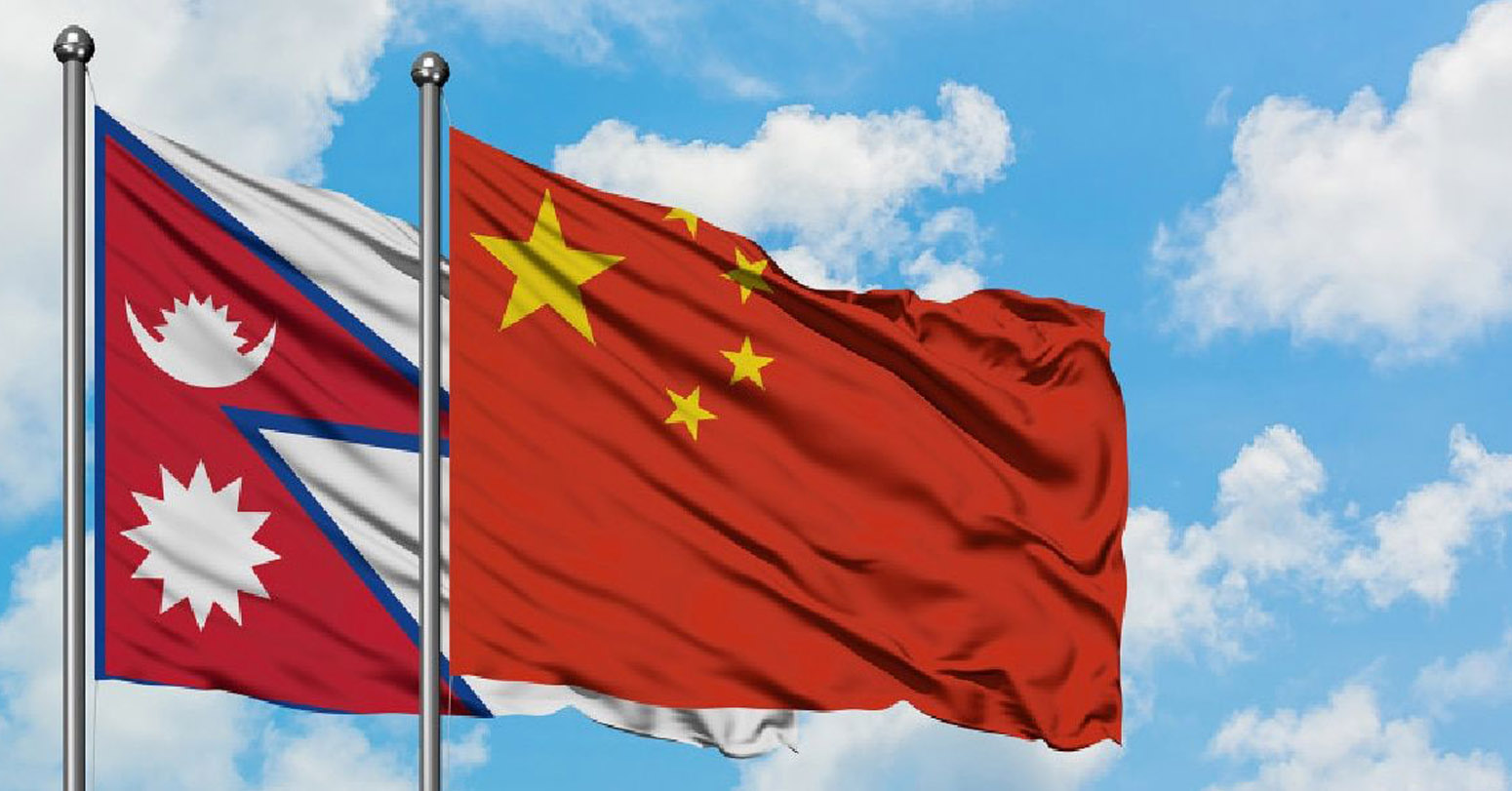

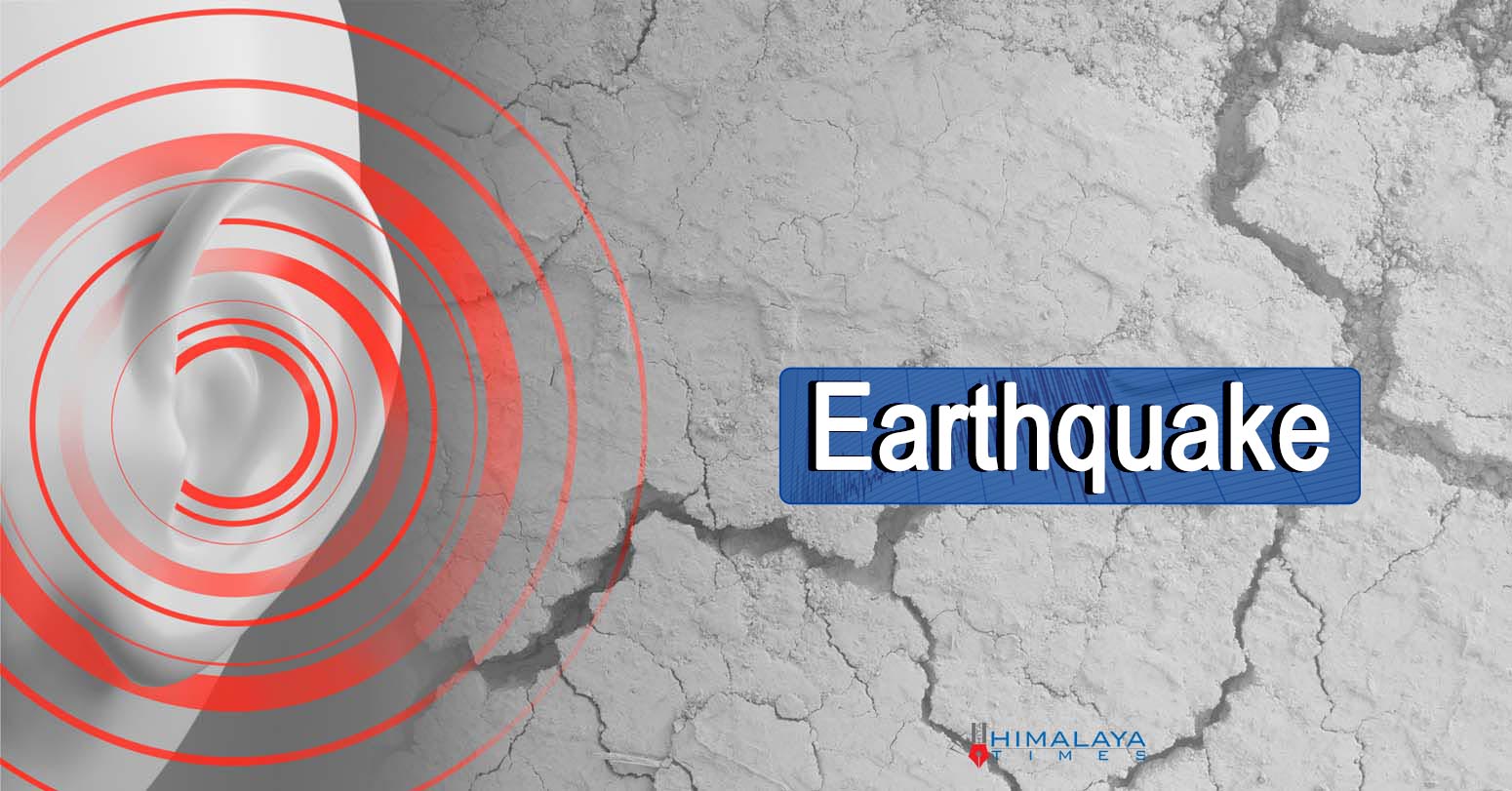
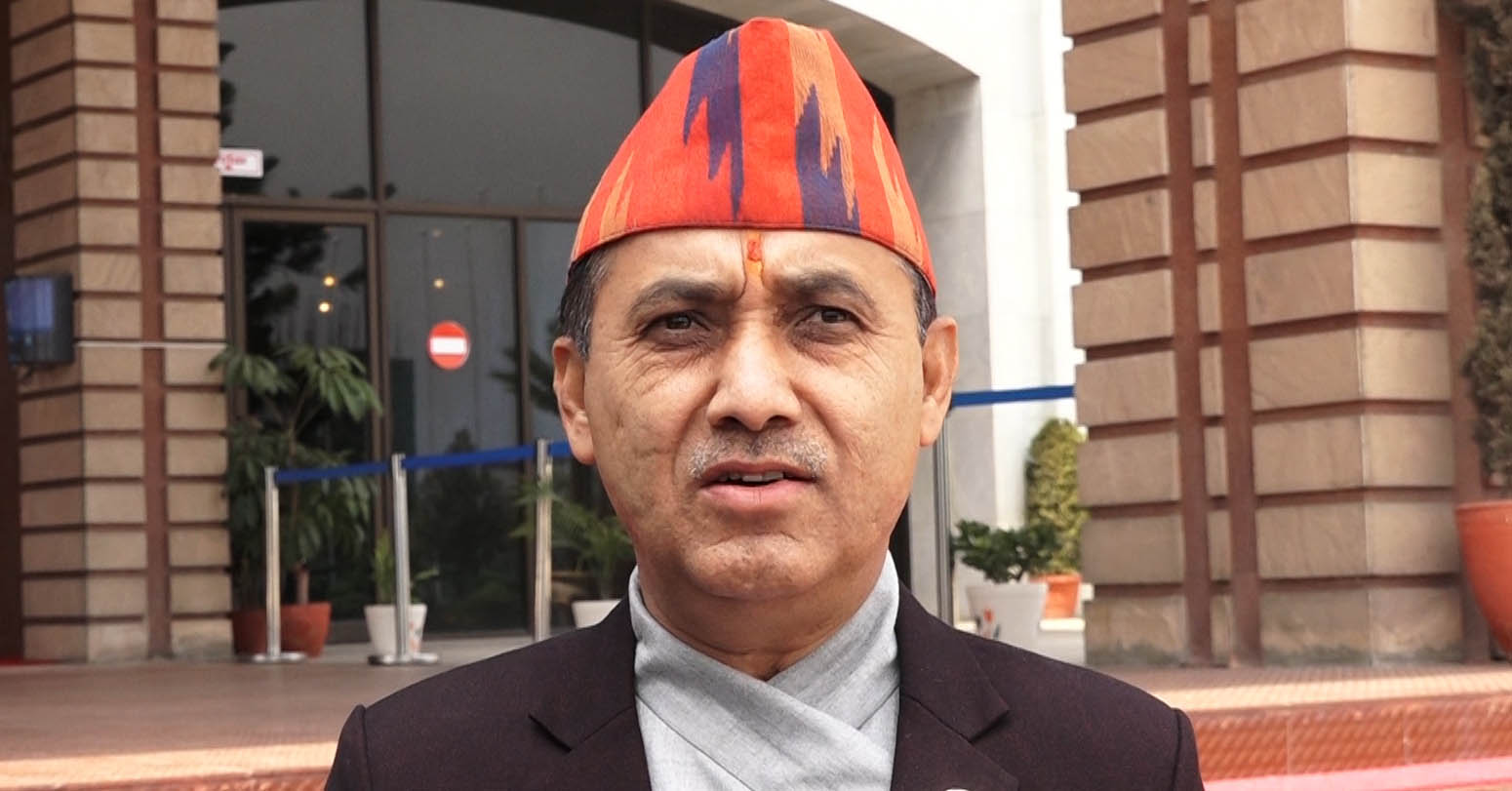
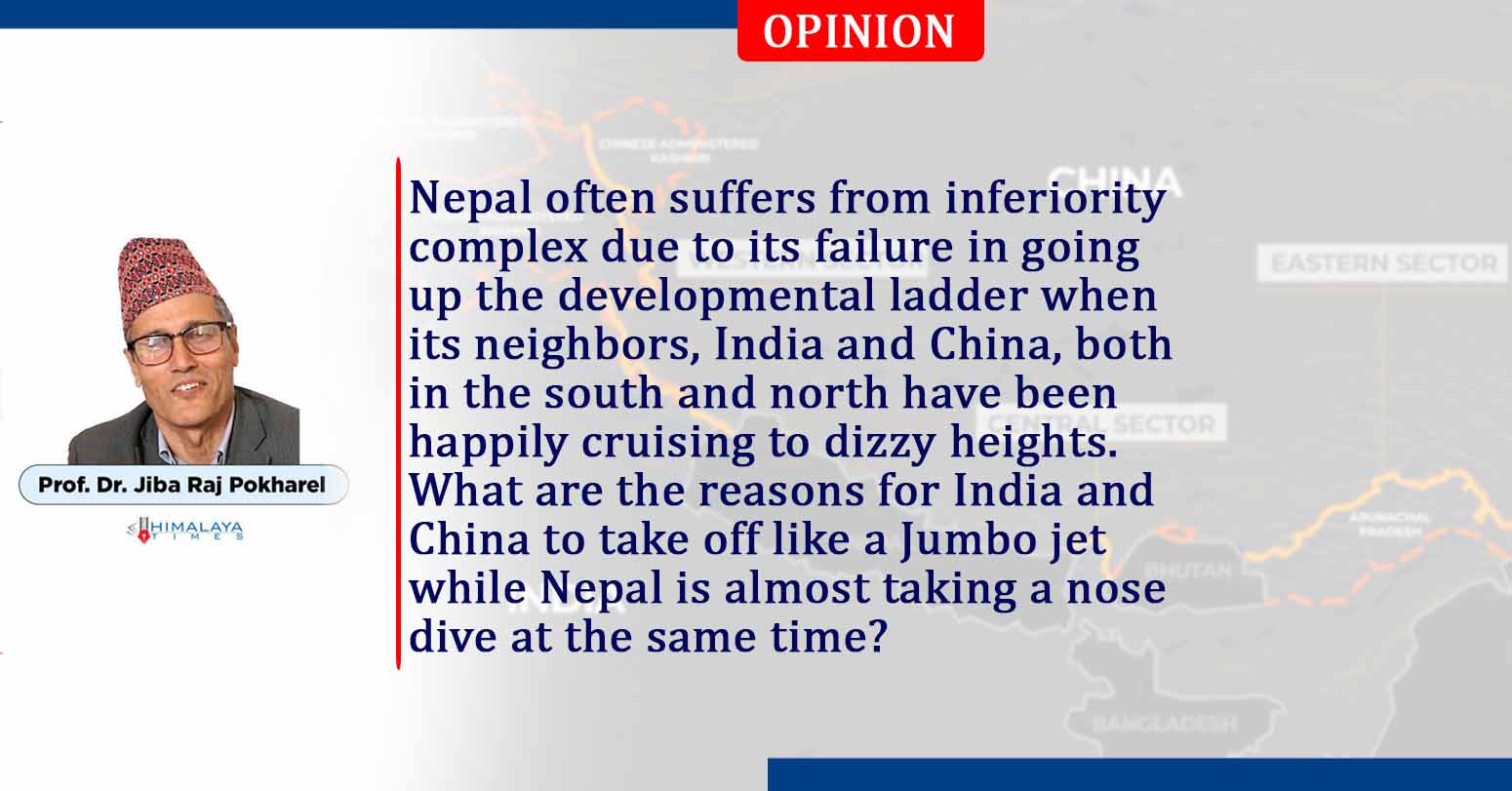








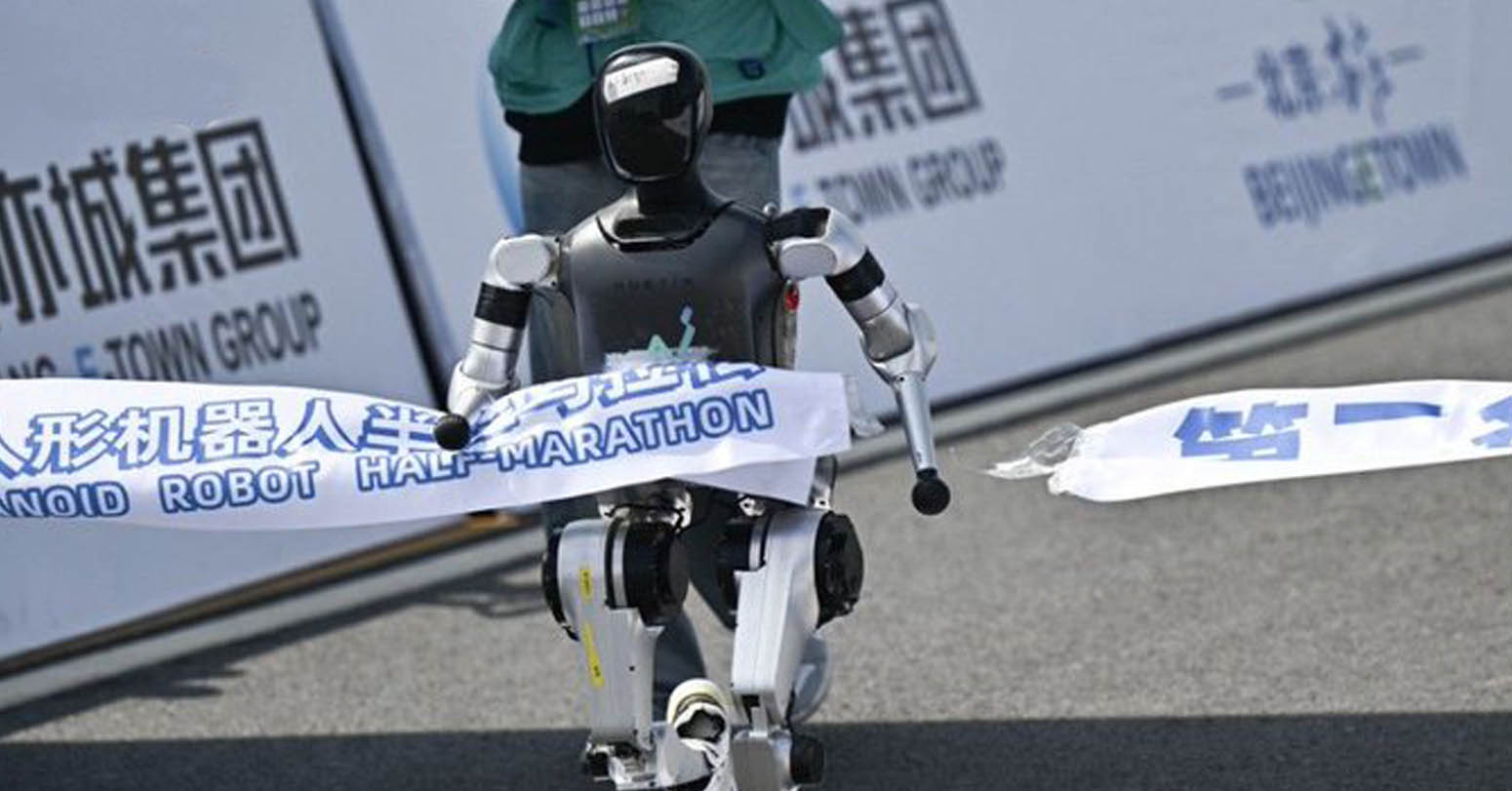
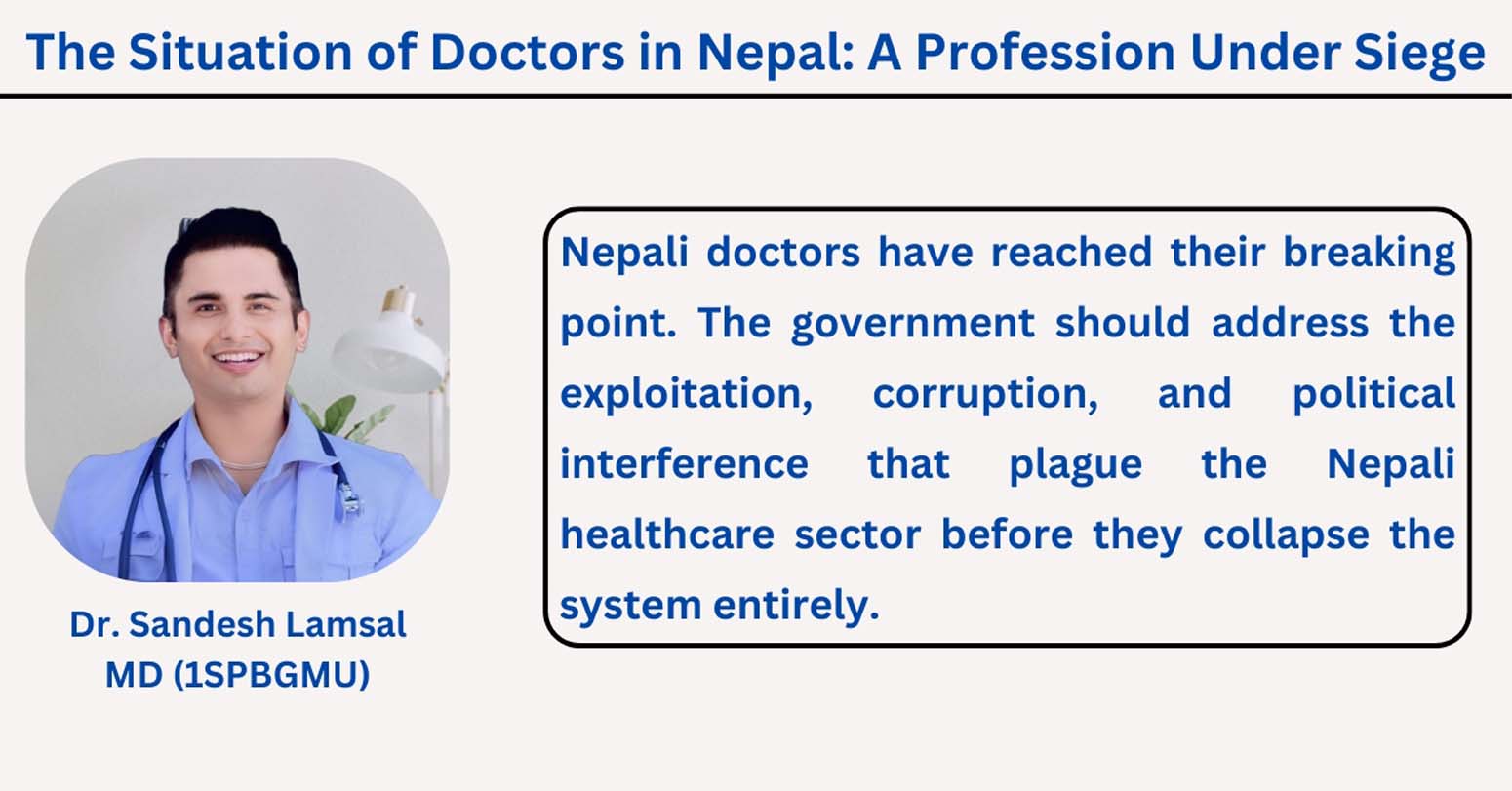
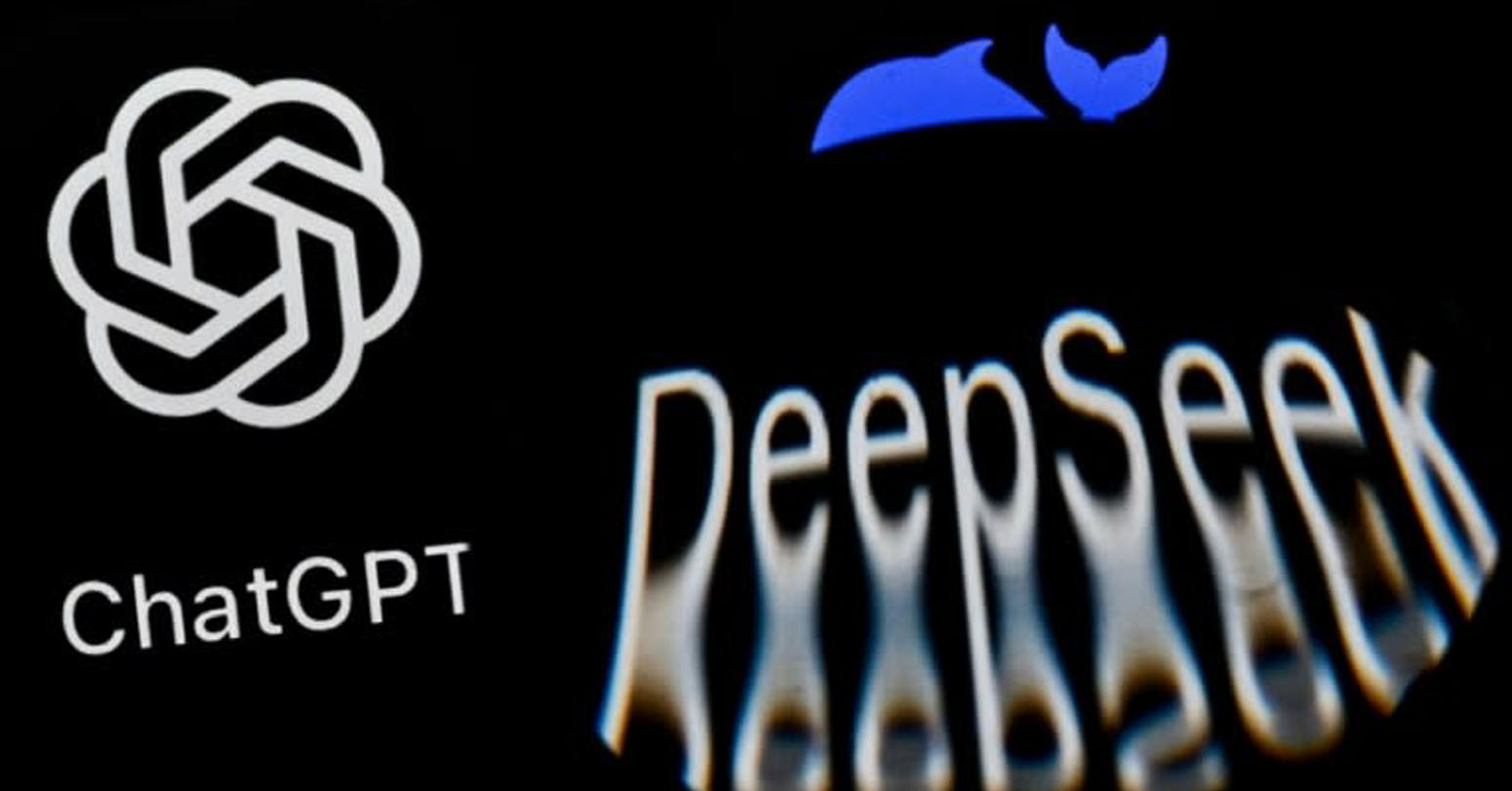

Middle-aged man spends millions to
Dr. Dharam Raj Upadhyay: Man
Breathing The Unbreathable Air
Comprehensive Data Protection Law Critically
Gender Differences In Mental Healthcare
Erosion of Democracy